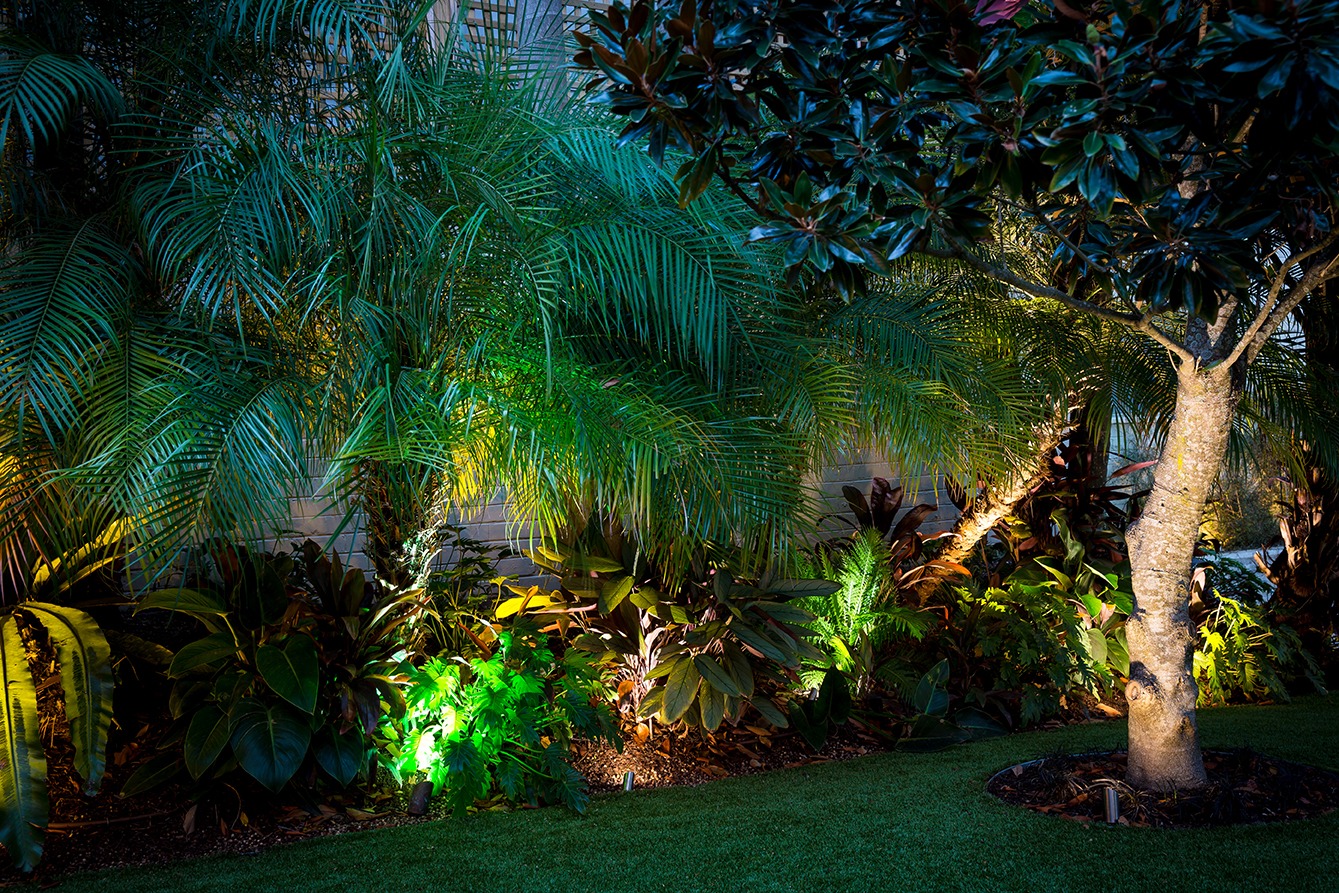LED (Light Emitting Diode) lights offer quite a few benefits in comparison with conventional lighting technologies like incandescent and fluorescent bulbs. These benefits have made LEDs increasingly well-liked in varied applications. Here are a few of the key advantages of LED lights:
Energy Efficiency:
LEDs are highly energy-efficient, converting a good portion of electrical energy into gentle somewhat than heat. This ends in lower power consumption and reduced electrical energy payments.
Longevity:
LED lights have an exceptionally long lifespan, often lasting 25,000 to 50,000 hours or extra. This longevity reduces the need for frequent replacements, saving each time and money.
Durability:
LEDs are solid-state lighting gadgets, making them extremely immune to shock, vibrations, and exterior impacts. They are much less fragile than conventional bulbs, which might easily break.
Instant Lighting:
LEDs present prompt illumination when turned on, with no warm-up time required. This is particularly necessary in applications the place quick full brightness is required.
Cooler Operation:
LEDs emit little or no heat compared to incandescent and halogen bulbs. This makes them safer to the touch and reduces the chance of burns or fire hazards.
Dimmability:
Many LED fixtures and bulbs are dimmable, permitting users to adjust the brightness to create the desired ambiance and save additional vitality when full brightness isn't wanted.
Directional Lighting:
LEDs emit mild in a selected course, making them highly efficient for targeted lighting functions. This reduces light wastage and permits for exact illumination.
Color Temperature Options:
LEDs can be found in numerous color temperatures, allowing users to pick lighting that fits their preferences and desires. Common choices embrace warm white, cool white, and daylight white.
High Color Rendering Index (CRI):
LEDs can obtain excessive CRI values, which suggests they accurately render colors compared to pure daylight. This is essential for purposes where color accuracy is essential, such as in artwork galleries and retail settings.
Low UV Emissions:
LEDs emit minimal ultraviolet (UV) and infrared (IR) radiation, reducing the risk of harm to delicate materials and paintings.
Environmental Benefits:
LED lighting contributes to vitality conservation and lowered greenhouse fuel emissions as a outcome of its low power consumption and long lifespan. It additionally contains no hazardous materials like mercury, which is found in another forms of lighting.

Instantaneous Control:
LEDs could be turned on and off incessantly with out affecting their lifespan or performance. This makes them ideal for functions where speedy switching is required.
Smart Lighting Integration:
Many LED lighting methods could be integrated into sensible home or constructing automation methods. This permits for distant control, scheduling, and customization of lighting to meet specific wants and preferences.
Cost Savings:
While LED lighting fixtures and bulbs might have a higher initial price compared to traditional lighting, the long-term vitality savings and lowered maintenance bills typically make LEDs a cost-effective alternative over time.
https://diigo.com/0u6jhr :
LEDs are utilized in a extensive range of functions, from residential and industrial lighting to automotive lighting, road lighting, shows, and extra.
These advantages make LED lighting a sensible and sustainable selection for a wide range of lighting needs, both indoors and outdoor. The continued development of LED expertise is expected to additional improve efficiency, colour high quality, and versatility, increasing the vary of applications for LEDs in the future..
